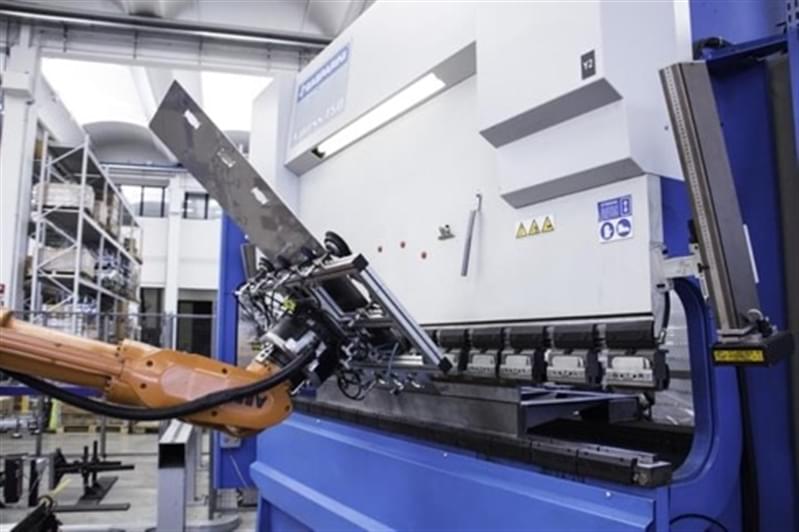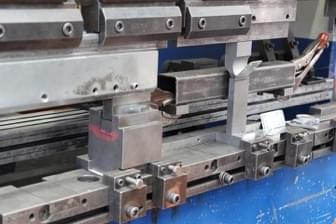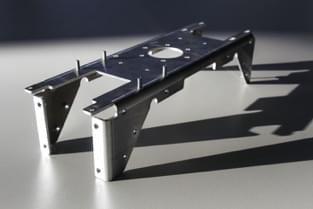Sheet bending: perfect parts on the first try

Sheet metal bending is a complex process because it can cause unwanted deformation, return to the original shape or even breakage from the plate. Here are the factors to consider and how to choose the most suitable bending technique.
To flawlessly bend a sheet the first time around, it is necessary all about the mechanical behaviour of the metal, that is its response to bending. Minifaber, with its know-how and up-to-date machinery, guarantees sheet metal bending service with an excellent quality-price ratio: no waste of time or resources.
Factors to consider when bending sheet metal
To perfectly bend a sheet, there are above all three variables to be taken into account, namely:
- The type of metal – there are more elastic materials and less elastic materials; knowing the degree of elasticity is essential to avoid breaking the sheet at the bend.
- The spring back – that is a partial return to the original shape once the application of the bending force has been interrupted.
- The deformation of the bending press, in its die and punch components.
Given these parameters, you can choose the bending type.
Sheet metal bending techniques
Sheet metal is bent using bending presses made up of dies and punches, but there are different techniques:
- V bending. It takes place in two phases: first bending in the air (based on how far the punch enters the die, defining the bending angle, which can therefore constantly change), then the coining (the punch presses the sheet to the bottom of the die).
- U bending. The mould can be adjusted both in terms of depth and curvature angle.
- Free bending. It is a particular type of V bending that exploits the force of the punch to bend the sheet, arranged on two supports. It requires less force than the previous ones.
- Roll bending. It uses the force applied by three rollers, between which the sheet slides.
- Bending with a rotating tool. One part of the sheet is locked in a vice, the other is bent with a vertical punch.

Our sheet metal bending service
At Minifaber we have been dealing with metal cold forming, including sheet bending for over fifty years. We can make simple shapes but also complex pieces, and combine bending with other sheet metal processes.

Whether you need to work on small quantities of products, or need mass and staggered productions, our bending department is able to satisfy your requests. Our team of designers studies the best solution, and our machinery, always up to date (7 bending machines and 1 robot bending cell) create a product tailored to your needs.


